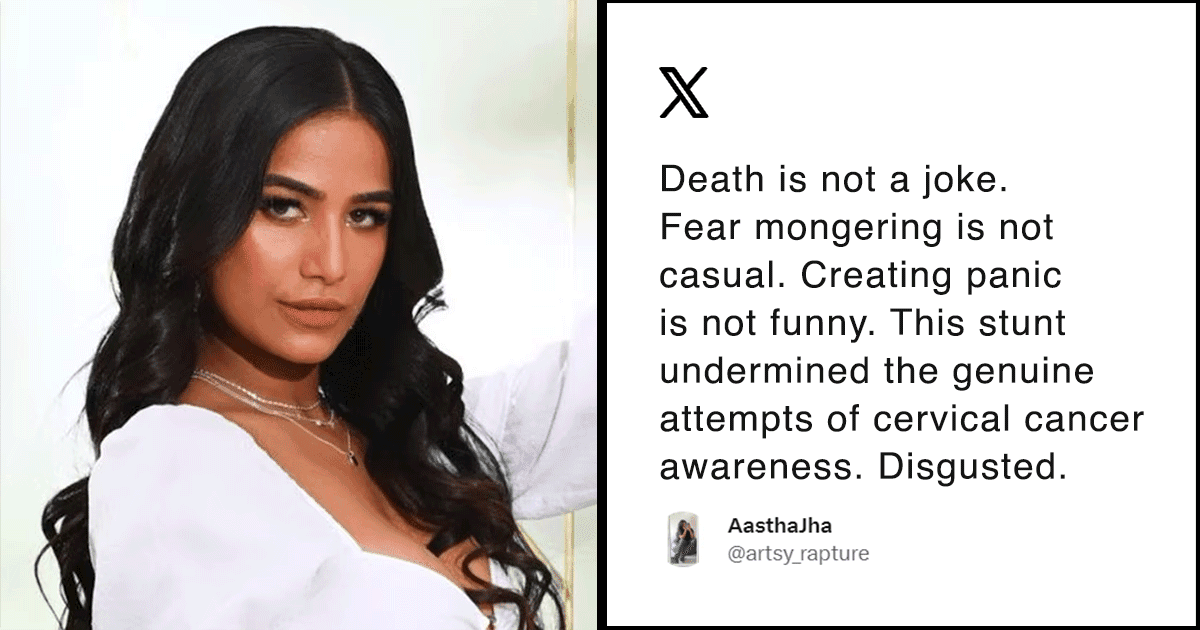On May 16, Manoj Vashist, a Delhi based businessman who was allegedly wanted by the police in connection with several cases of financial fraud, was killed in a suspicious encounter with the Special Cell of the Delhi Police at Sagar Ratna restaurant, in New Delhi.
In what seems to be a scene right out of a B ollywood crime drama, the claims made by the Special Cell points to a story that has been a part of the narrative in a lot of ‘encounter’ cases in the past. In addition to the lack of clarity in the CCTV footage as to who opened fire first, there are also details emerging that raise suspicion about the incident actually being an encounter.

Another case of a suspicious encounter, took place not so long ago and is also currently under scrutiny. The encounter of alleged Red Sander smugglers in Tirupati has also been met with outrage, as further investigations pointing towards a possibility of the encounter being a fake one continue to emerge.
Though the personnel involved in the Delhi encounter have been transferred and inquiries have been ordered on both, the brazen action of the police in these and many other cases are a matter for concern.
Manoj Vashisht encounter case:

In the Delhi restaurant encounter case, details have surfaced that the eye witnesses only saw Vashisht pull out a gun but did not really see how Vashisht got shot. The video shows Vashisht being held by a police officer and resisting getting arrested, but there is no clarity as to who took the first shot before Vashisht collapsed.
Another loophole in the case is that according to the special cell, Vashisht was wanted in several cases of cheating and financial frauds, but just ten days prior to the incident, when Vashisht had approached the High Court for an anticipatory bail, the Special Cell had told the court that there was no complaint or case registered against Vashisht.
In his bail plea Vashisht had mentioned that he feared being arrested by the Special Cell under false charges. His lawyer, Sanjay Srivastav mentioned that Vashisht, along with his business partner, was apprehended by the Special Cell near Dhaula Kuan area and asked to accompany them to the Special Cell office at Lodhi Colony.
Such loopholes in the police version have raised suspicion against the special cell which already has a murky reputation.
Tirupati Red Sanders encounter:

On April 7, 2015, the Special Task Force of Andhra police killed 20 woodcutters in an alleged encounter.
The police version says that they saw a group of woodcutters in the Shesachalam and confronted them, following which, the smugglers allegedly opened fire on the STF team and the STF personnel responded in self defense, killing 20 people while the rest fled the spot.
The Andhra STF has come under suspicion and a lot of criticism from civil rights activists due to loopholes in their version.
Sekar, from Vellore, who claimed to be the lone survivor and now untraceable, had said that he was with the seven laborers picked up from a bus near the state border. In many pictures of the bodies there are burn marks and the skin has been peeled off which indicates that the workers might have been tortured.
A legacy of repression:

These cases are just a few in a long list of suspicious encounters later proved to be fake, including the Ishrat Jahan fake encounter case and many others that haven’t received much coverage.
There was a surge in the number of fake encounters during the Punjab insurgency of the eighties. The same was followed by the police in Uttar Pradesh and Mumbai in the coming years.
In the last five years, more than 555 fake encounter cases have been registered across India. This state of affairs points towards a grave situation, which is bound to reinforce the image of the Indian police force as being one of brutal and intimidating, rather than a trustworthy one that makes people feel secure.
However, encounter killings are just one part of the narrative about the state of police brutalities in this country. There have been several incidents, where the police have allegedly used the power of authority in many extra judicial matters.
Portrayal in films:

Popular cinema is full of dramatic tales spun around real life encounters and ‘encounter specialists’.
These people have often been portrayed as either heroic figures or as necessary evil in the society. They take blood on their hands to ‘clean’ the society of evils. Movies like Abb Tak Chappan, Risk, Shootout at Lokhandwala and many other crime-based movies have shown thrilling accounts of ‘encounter specialist’s’ lives as well as real life events.
Disturbingly, most of these figures celebrate the police official who kills people in ‘encounters’. Does this not encourage such crimes more in society?
Are those responsible for the safety and security of the people, turning into trigger happy men on a rampage, with a uniform and the license to kill?

















